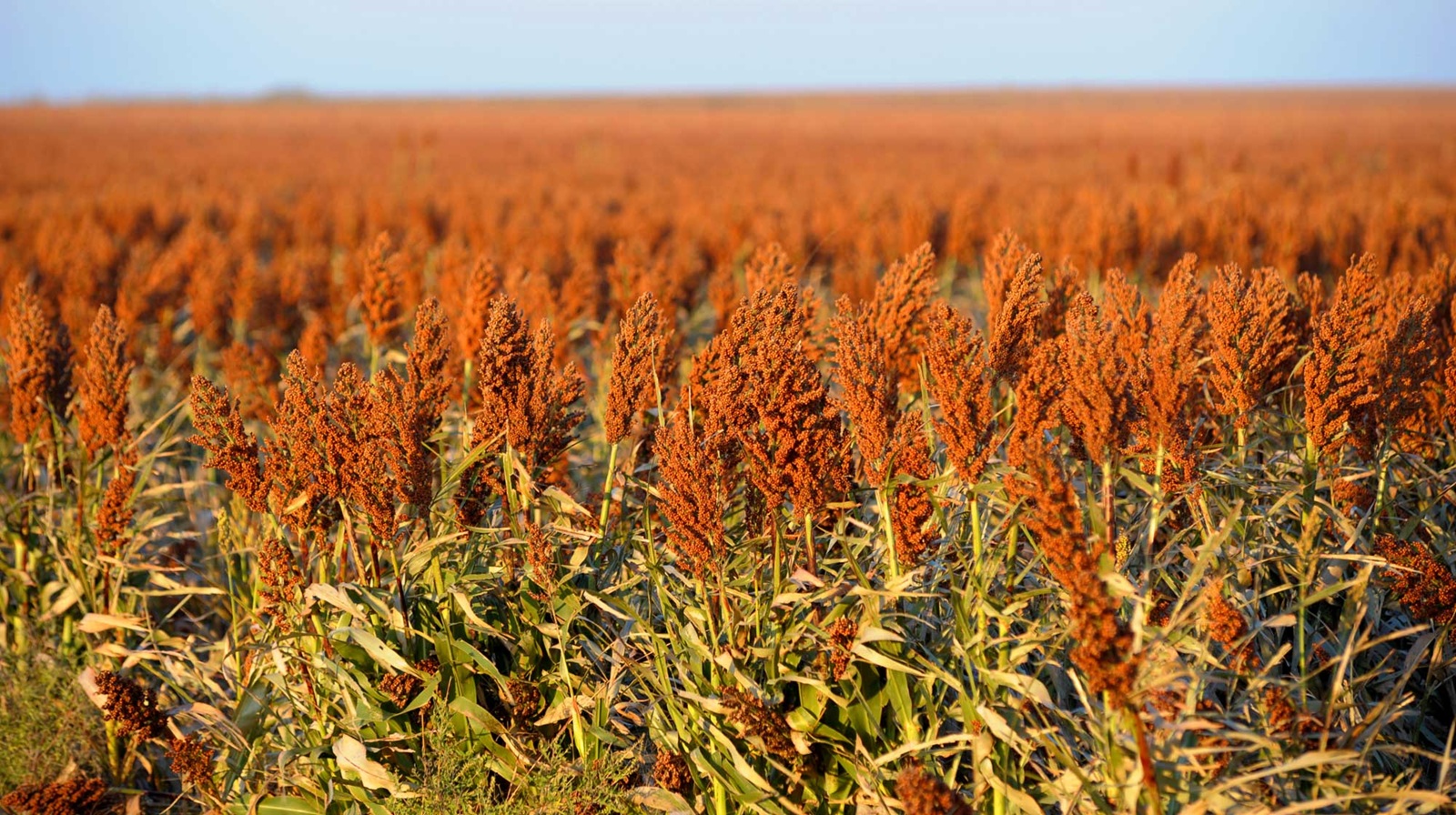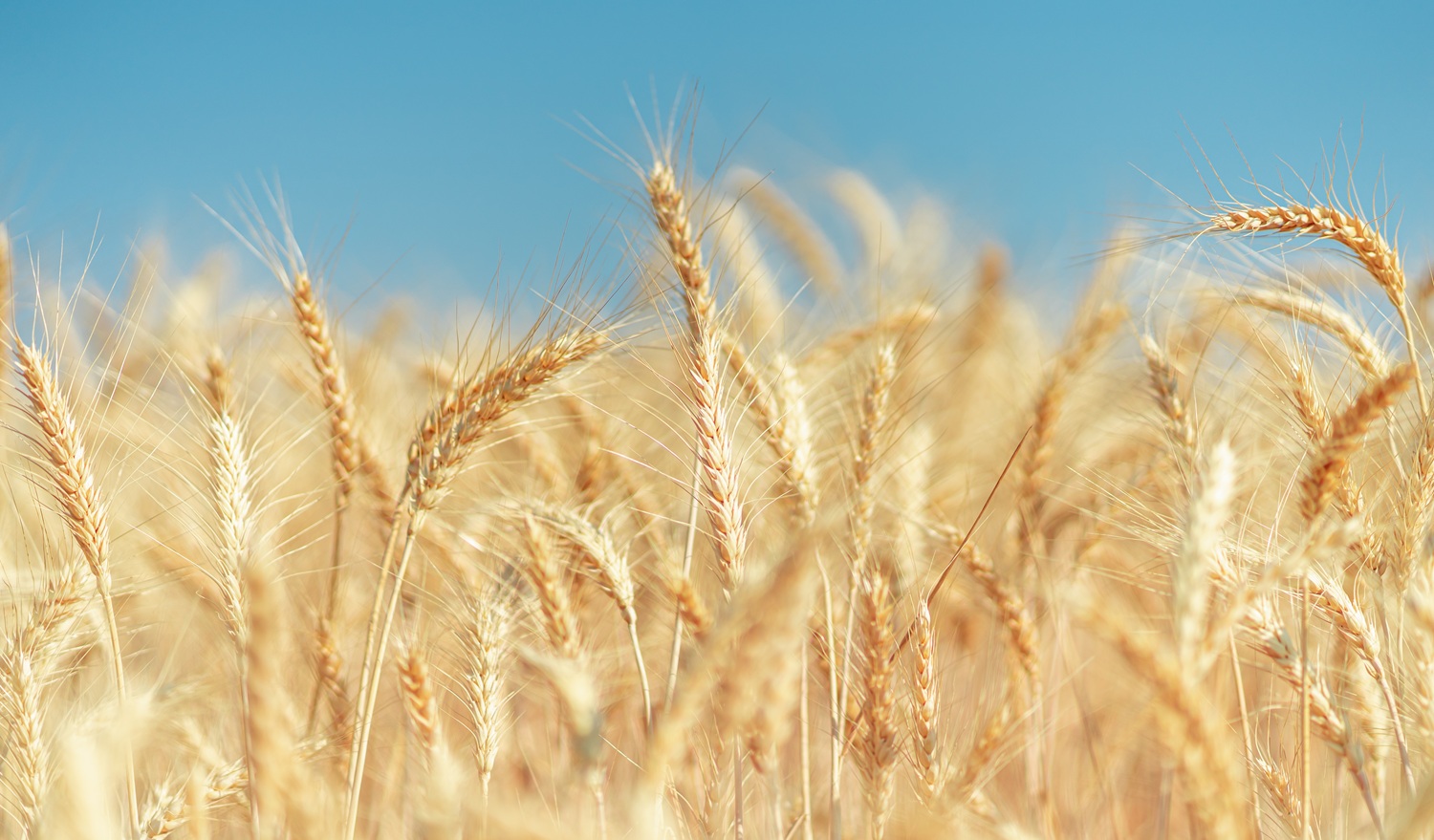News

Soybean: The Invisible Nutritional Determinants Underlying the Yield Gap
Subclinical deficiencies of boron, calcium, magnesium, and other essential micronutrients at planting are increasingly recognized as key contributors to the persistent gap between actual and potential soybean yields. The integration of early nutritional inputs containing boron, cobalt, and molybdenum (MIST VL®), together with foliar supplementation of calcium, magnesium, and nitrogen (MIST BLC®), constitutes a scientifically validated strategy (supported by numerous Argentine field trials) to enhance nodulation efficiency, canopy architecture and reproductive success.

Sorghum: the key lies in the soil
Sorghum yield largely depends on the physical and chemical properties of the soil. Compaction, nutritional deficiencies, and the presence of saline-sodic soils are increasing constraints in different regions. The incorporation of amendments with nanominerals, such as MIST TPS78®, emerges as an innovative strategy to restore soil structure and functionality, improving crop establishment conditions and initial development.

Precision nutrition: the strategic role of zinc and boron in wheat production
Zinc and boron are key for wheat to reach its maximum yield and quality potential. These micronutrients are involved in essential processes such as spikelet formation, grain setting, and final grain filling. Their strategic application—especially through foliar sprays at critical growth stages—can significantly improve both yield and quality.

Integrated Fertilization for Wheat: From Soil to Seed
In an increasingly demanding production scenario, with erratic climate cycles and soils subjected to years of intensive use, wheat yield depends on more than just good agronomic management. The most efficient strategy lies not in a single product or crop stage, but in a comprehensive, coordinated intervention—from soil conditioning to seed nutrition.

Key Improvements in Alfalfa Nutrition
Alfalfa exports are emerging as a high-growth-potential opportunity, supported by the product's high quality, increasing global demand, and the country's competitive advantages. However, changes in agricultural export taxes, fluctuating export duties, and new trade agreements have created uncertainty among producers, presenting both challenges and opportunities in the global market.